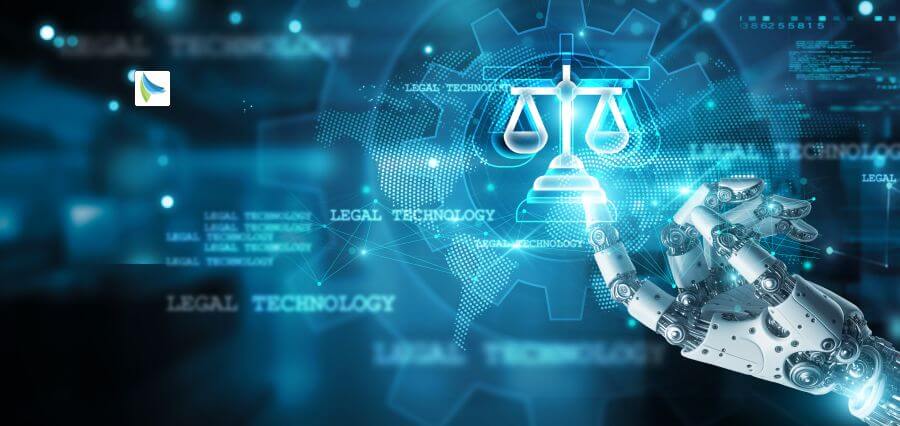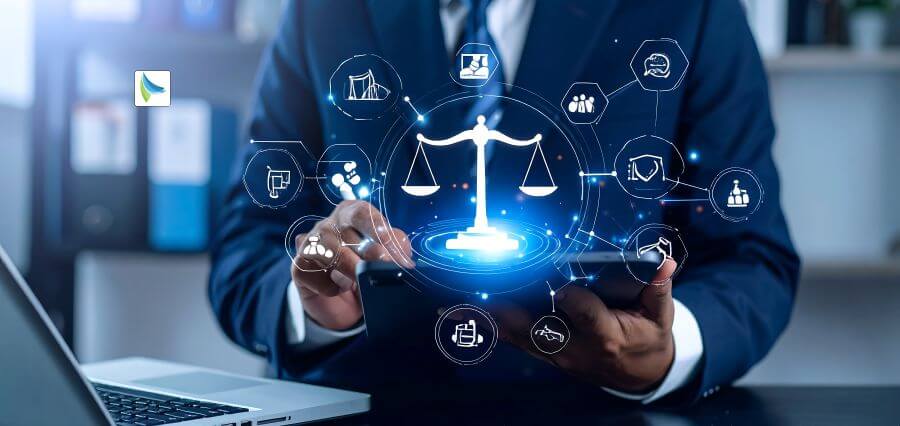Blended learning, a hybrid model that mixes classical teaching with contemporary technology, is a revolutionary model of education. Merging the benefits of face-to-face teaching with digital applications, it provides a flexible, active, and tailored learning process. But the right balance between technology and traditional teaching is essential to achieve maximum efficiency from it.
This article examines the tenets, advantages, difficulties, and the means to balance these practices in order to develop an ideal blended learning environment.
Knowing Blended Learning
Blended learning is face-to-face training augmented with digital materials so as to create an enthusiastic learning setting. Traditional methods, such as lectures, dialogues, and practical activities, provide order, person-to-person interaction and immediate feedback. Technology, on the other hand offers multimedia content, interactive space, and information-rich understanding and enables self-guided learning and accessibility. Its vision is to take the benefit of both to enhance better performance of students without disregarding the differences among students.
Advantages of Blended Learning
Blended Learning has a number of advantages. First of all, it is flexible. The students can access the resources online and can do the learning at their own time but still get the face to face instructions without geographical restrictions. As an example, a lecture recorded after a classroom lecture, or a quiz can reinforce classroom lectures, outside of scheduled time.
Second, it increases individualization. The online services are likely to include the feature of adaptive learning software that helps them customize it to the particular requirements of a student. To illustrate, programs like the Khan Academy or Google Classroom are able to moderate the complexity of the content based on the student. This will enable each child to be challenged in the way that is appropriate. In comparison, the conventional operation gives teachers the chance to provide comprehensive assistance through individual work or group work.
Third, blended learning promotes immersion. Video and simulations, as well as interactive games that are considered multimedia resources, make learning process more attractive and interactive. Combined with the face-to-face work such as debates or practical experiments, they create a comprehensive and dynamic environment, which accommodates a variety of learning styles.
Lastly, it readies students for the future. Through technology integration, students gain digital literacy skills needed in today’s workplaces. At the same time, conventional methods develop soft skills such as communication and teamwork to ensure a balanced education.
Challenges of Balancing Technology and Traditional Methods
While it has benefits, blended learning has issues. Too much technology can lose the human element that classroom instruction generally produces. Without balance, students can become isolated when online portions are predominant, limiting opportunities for student interaction or teacher guidance. In contrast, too much emphasis on the traditional approach can restrict exposure to new tools, making scalability and adaptability difficult.
Digital divide is another challenge. Not everyone has consistent access to devices or internet speeds, building inequalities in learning experiences. The schools have to counteract these imbalances to promote inclusivity. Teachers also risk a cliff effect when they implement new technologies, demanding continued training and support.
Student interest must also be maintained. Technology can be fascinating, yet poorly crafted digital content is apt to result in apathy or distraction. Traditional approaches can feel stale, too, unless presented dynamically. Each must balance the other carefully to be effective.
Strategies for Effective Blended Learning
Educators need to use thoughtful strategies that blend technology and traditional approaches seamlessly to succeed with a successful blend. These are some of the most important strategies:
Set Clear Objectives: Set learning objectives that determine when to employ technology or conventional teaching techniques. For instance, utilize online tools for content presentation and practice, like setting online quizzes, while keeping face-to-face classes for discussion or problem-solving exercises that can take advantage of human interaction.
Make Use of Technology Wisely: Select tools that supplement, not supplant, face-to-face instruction. Edmodo or Microsoft Teams can be used to allow collaboration, while virtual simulations can allow further exploration of difficult concepts. But make sure that technology has a definite end in mind, such as supporting a lesson learned in the classroom.
Prioritize Interaction: Employ old-school approaches to establish relationships and develop cooperation. Group work, Socratic seminars, or peer critiques promote social learning that technology can’t exactly duplicate. Supplement these with online discussion forums to take discussions beyond the classroom.
Monitor and Adapt: Leverage data from digital tools to monitor student progress and adapt instruction in response. For instance, analytics from online tests can highlight areas in which students need help, enabling teachers to teach these in classroom sessions. Student feedback regularly received can also inform adjustments to the blended model.
Maintain Balance: Do not do too much of each strategy. An example, restrict the screen time so that it does not lead to burnout and ensure that the face-to-the-face activities are the necessary one. This balance can be accomplished fairly well with the help of a flipped classroom structure in which the material will be viewed online and subsequently followed by a series of interactive activities in the classroom.
The Future of Blended Learning
As technology evolves, so will the capability for blended learning. Emerging technologies like artificial intelligence, augmented reality, and adaptive algorithms will continue to tailor learning. But the human element—teachers’ expertise, peer-to-peer, and emotional support—will never be automated. The future is about mastering this balance, so that technology enhances, not replaces, the human connections that make learning.
Institutions must also confront systemic challenges such as funding for technology and teacher training in order to maintain blended learning. Policymakers, educators, and communities all must unite and create equitable, inclusive systems that harness the best from both worlds.
Read More: The Role of Social-Emotional Learning in Shaping Tomorrow’s Leaders












